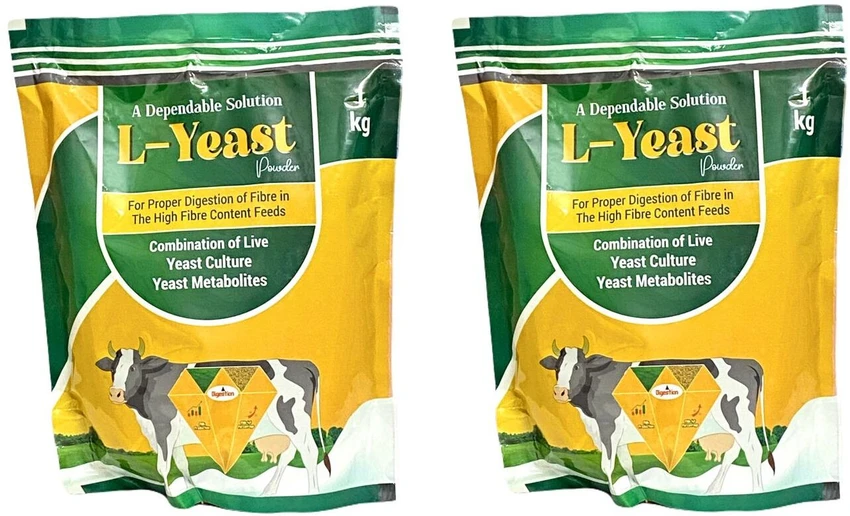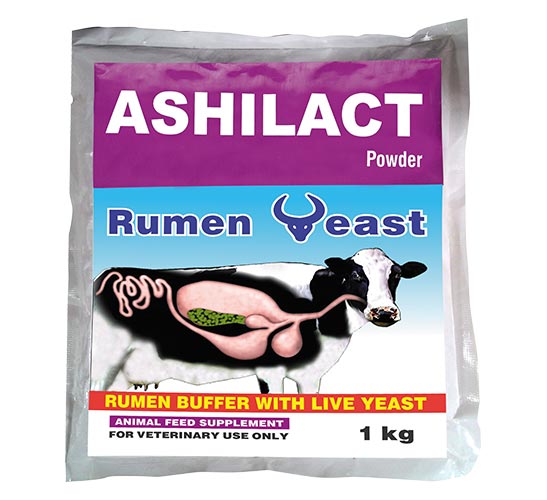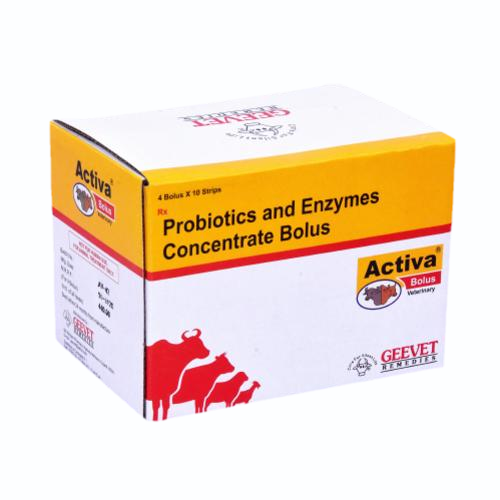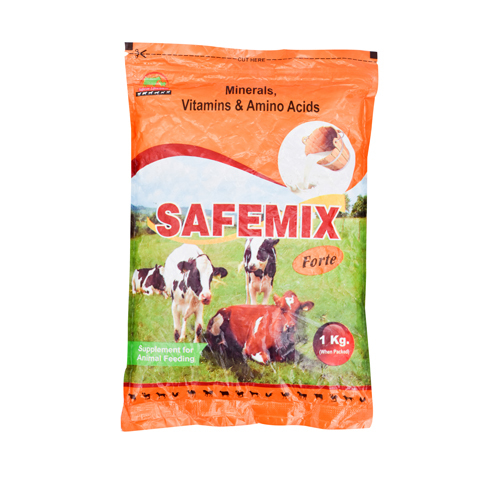Description
Enhance cattle feed with Yeast cultures for sale! Improve digestion, boost immunity, and optimize nutrient absorption for healthier productive livestock.
Yeast cultures for sale
Yeast Cultures: A Rising Star in Cattle Feed for Improved Performance and Health
For decades, cattle farmers have sought innovative ways to optimize feed efficiency, promote animal health, and ultimately, increase profitability. One promising avenue gaining significant traction is the incorporation of yeast cultures into cattle feed. But what are yeast cultures, and why are they proving to be so beneficial for our bovine friends?
Understanding Yeast Cultures
Yeast cultures are not simply live yeast added to feed. Instead, they are a carefully cultivated and dried product derived from the fermentation of yeast strains, typically Saccharomyces cerevisiae, on a specific growth medium. This controlled fermentation process yields a product rich in beneficial compounds, including:
- Metabolites: These are byproducts of the fermentation process, such as vitamins, amino acids, and organic acids.
- Cell Wall Components: The cell walls of yeast are composed of mannans and beta-glucans, known for their immunostimulatory and gut health properties.
- Enzymes: Yeast cultures can contain enzymes that aid in the digestion of fiber and other complex carbohydrates.
Yeast cultures for sale
Benefits of Yeast Cultures in Cattle Feed:
The inclusion of yeast cultures in cattle feed offers a range of potential benefits, translating into improved performance and overall well-being:
- Enhanced Rumen Function: The rumen is the primary fermentation chamber in a cow’s digestive system. Yeast cultures contribute to a more stable rumen environment by:
- Stabilizing pH: Preventing drastic fluctuations in rumen pH, which can lead to acidosis.
- Promoting Beneficial Bacteria: Encouraging the growth of fiber-digesting bacteria, leading to better feed utilization.
- Reducing Lactic Acid Accumulation: Minimizing the risk of acidosis by controlling the buildup of lactic acid.
- Improved Feed Efficiency: A more stable and efficient rumen translates directly into better feed efficiency. Cattle are able to extract more nutrients from the same amount of feed, leading to:
- Increased Milk Production: Dairy cows may experience a boost in milk yield and milk quality.
- Enhanced Weight Gain: Beef cattle may exhibit faster growth rates and improved feed conversion ratios.
- Strengthened Immune System: The mannans and beta-glucans found in yeast cell walls have immunomodulatory effects, meaning they can stimulate the immune system, making cattle more resistant to disease. This can lead to:
- Reduced Incidence of Illness: Lower rates of respiratory infections and other common cattle diseases.
- Decreased Antibiotic Use: A stronger immune system can reduce the need for antibiotic treatments.
- Stress Mitigation: In times of stress, such as weaning, transportation, or heat stress, yeast cultures can help maintain rumen function and overall health, minimizing the negative impacts of these challenges.
Considerations for Implementation:
While yeast cultures offer significant potential, it’s important to consider a few key aspects for successful implementation:
- Quality of the Product: Not all yeast cultures are created equal. Choose reputable suppliers and look for products with documented research supporting their efficacy.
- Dosage and Application: Follow the manufacturer’s recommendations for dosage and application. The optimal level may vary depending on factors like age, breed, and diet.
- Ration Balancing: Ensure the overall diet is properly balanced to maximize the benefits of yeast cultures.
- Long-Term Perspective: The positive effects of yeast cultures may not be immediately apparent. Consistent use over time is crucial to realizing the full potential.
The Future of Yeast Cultures in Cattle Feeding:
The growing body of research supporting the benefits of yeast cultures suggests a bright future for their use in cattle feeding. As understanding of rumen microbiology and animal nutrition deepens, the application of yeast cultures will likely become even more refined and targeted. This natural and innovative approach holds the key to improving cattle health, performance, and the sustainability of beef and dairy production.









Reviews
There are no reviews yet.